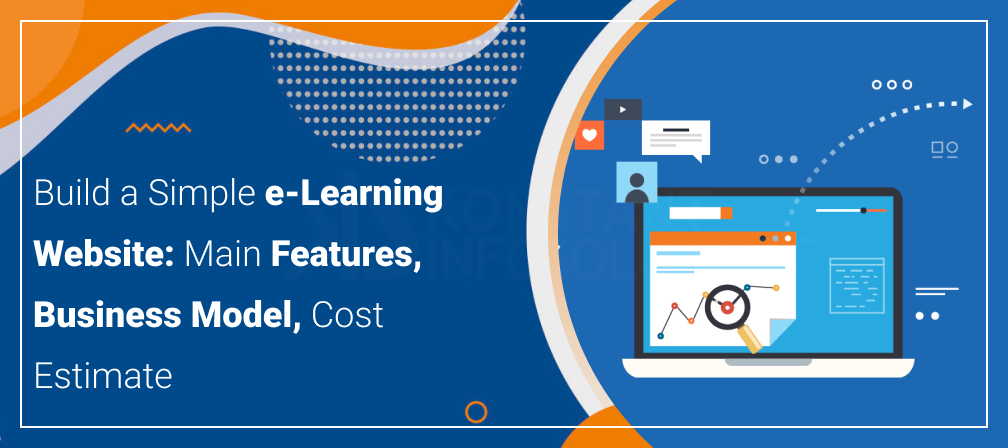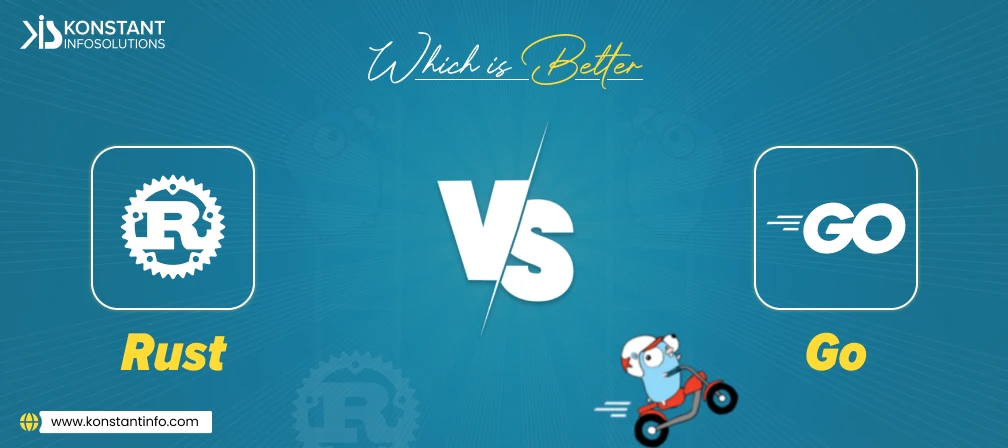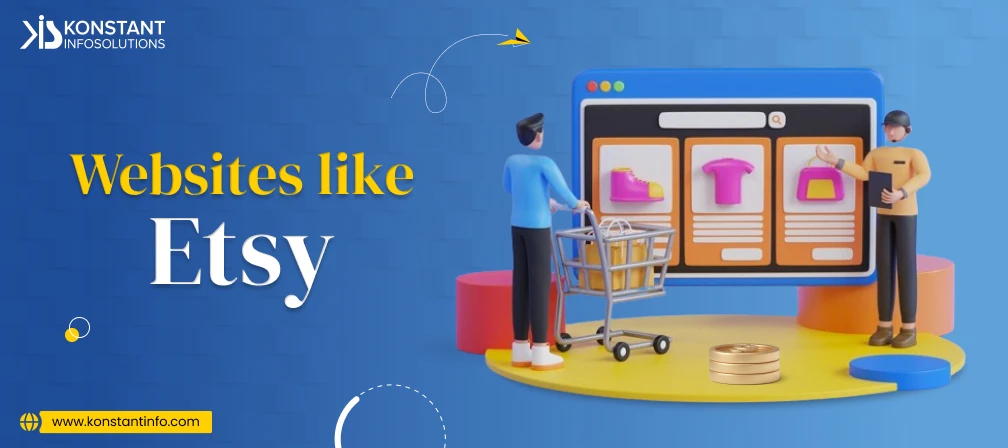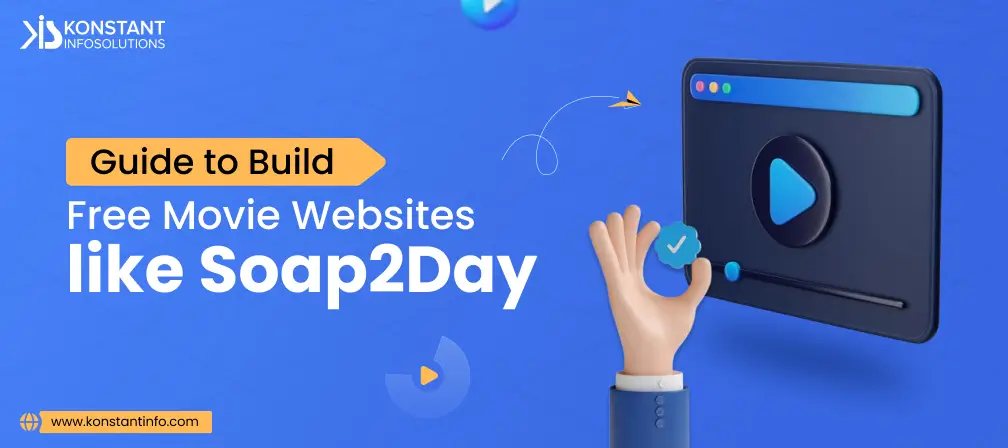
Table of Contents
Crux: An e-learning platform is a formalized teaching portal powered with digital resources.
Context: Education is learning what you didn’t even know you didn’t know. The pandemic has sparked a slump in many sectors but the spurt in remote learning and the demand for remote tutors is growing. The companies that offer online programmes through live teaching are hiring remote instructors, offering new courses and increasing their teaching capacity. This spike spans across all experience levels and counts upon the zeal to teach, the grasp on the subject and how smart that person is on the video.
As the virus fear keeps locals indoors, the focus has been digital and online. Customers look for contactless sales experience and going forward, the big company executives are creating those experiences in the absence of glitz and glamour.
The trend of online learning started a little before proper lockdown.
Gymnasiums: As an example, with gymnasiums unlikely to open soon, the sale of fitness equipment has surged in proportion to the demand for virtual trainers. Under lockdown, the online streaming by gyms, health clubs and fitness studios has gone up. Some e-commerce portals have also added a ‘digital personal trainer’ section on their app. According to a prevailing e-commerce portal – Snapdeal, customers buy fitness coach and nutrition expert consultations that they’ve recently added on their website. It helps customers in evaluating their performance and home workout routine as compared to their virtual classmates. Apps and virtual classes keep fitness enthusiasts busy.
Courtrooms: Judiciary is also taking its baby steps to tech solutions. The functioning of most district courts was suspended due to social distancing norms by the government. Now with tech doing its bit, e-filing, e-notice, virtual hearings, e-evidence, authenticating orders – almost every pending process is being taken up according to urgency, impact, feasibility, viability.
Art Sessions: Educational institutions have been conducting art and craft, yoga, music and dance online sessions, keeping the pandemic and current situation in mind.
Institutes of learning have made good use of technology ensuring that learning for the students does not stop. Online tutorials, teachers making videos and use of applications like Zoom and MS Teams are bringing all students together in the times of the lockdown. Children are made to study curriculum-based classroom teaching, activity-based projects and learning of new attributes and skills.
E-learning websites work with a vision to democratize the learning process – irrespective of the location, demographics, and the speed of the internet. They focus on people who wish to avail of their courses and learn from best educators.
With the number of active learners o the platform increasing daily, problems like adapting the course to work for multiple geographies, across the regional contexts and varying internet connections, tag alongside the standard struggles of user retention. Doing things under the light of the sun, some smart solutions need to be devised to make the content relatable, useful, important, believable, inclusive, unifying, inspiring, contagious, evocative, and emotive.
An e-learning website needs to evolve from an idea, the wireframe/prototype needs to be developed, the business model should be selected, UI/UX design, technology and tools required, the cost and the market readiness is to be estimated based upon the competitor behaviour.
The users have to register with the platform, create a personal account, search, and select for a course, make the payment (if applicable) and start learning. The e-learning platform approaches teachers and instructors, providing them with various tools to create and deliver content for their users. The remaining marketing and distribution activities are handled by the e-learning platform team.
It is important to structure out the way the app/website will earn money. The types of business model include:
Paid Certificates – Besides the course cost, the users pay for a platform verified certificate that is accepted in various places. This can also include creating tie-ups with various universities and educational organizations and providing the learners with verified paid certificates to ensure that you have a continuous channel of revenue coming in.
Subscription-Based – The users have to buy a paid subscription to the website periodically (monthly/annually). Once they purchase a subscription, they will only have to pay a small amount of money to access all the information on the website.
The Affiliate Model – The online course comes with links to various books or equipment like Kindle that the user might need to complete that course.
Corporate Collaboration – Any business organization collaborates with the e-learning service provider company and have some specific courses related to their operations.
Paid Courses – Websites earn the most from this model. When a student purchases a course, a part of the revenue goes to the instructor who uploaded the course and the remaining goes to the website owner.
An E-Learning website can have some common features, features within the student profile and features in the teacher’s profile.
Common Features
Student Profile Features
Teacher’s Profile Features
A seamless and simple interface, coupled with fluid navigation is a definite determinant in the success of the website. Points that must be considered while designing an e-learning portal should be:
| Technology Stack | |
|---|---|
| Frontend | Javascript, bootstrap, CSS3, Angular.JS/React.JS |
| Backend | Node.JS, Kotlin, Java 7, Swift 4 |
| Framework | Express, Angular |
| Database | MySQL, MongoDB, |
| Online payment | Paypal, Stripe |
| Cloud storage | Cloudflare, AWS, Apple Store, S3, EC2 |
| Tools | Elastic email, Freshchat |
| Testing | Jira, Confluence, Gitlab, Jenkins, Crashlytics |
Some additional plugins and add-ons might be required in addition to the above technology stack along with some third-party tools to let you add additional functionalities on your website.
Students and adolescents (across demographics) are naturally inclined towards online courses to uplift their skills and expand their portfolio. The courses structured by E-learning portals suit to their specific needs and eventually help in their progressive outlook.
How do most competing firms earn?
While the business requirements can scale up and the subsequent business model might get updated, audience expectations, demand in the market – activities of competitors must always be kept in mind in order to stay competitive. Wish to create an e-learning website to cover the side-effects of Lockdown? Get to know more about e-learning website development services.



Manish Jain is the co-founder and Managing Director at Konstant Infosolutions. He is responsible for the overall operations of the company and has played a major role in bringing Konstant up from its humble beginnings and, with his immense energy and drive, transforming it into a globally trusted name in IT solutions.
Or send us an email at: [email protected]